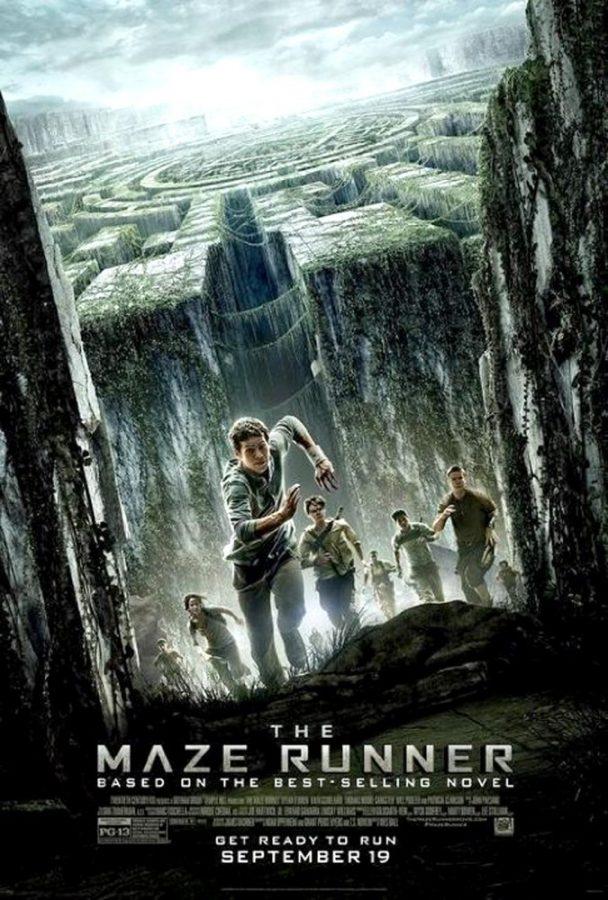If you combined “Lord of the Flies” and “The Hunger Games,” you’d end up with the film adaptation of James Dashner’s “The Maze Runner,” the most recent addition to the overwhelmingly popular young adult dystopian genre.
*RELATED CONTENT:* “Maze Runner: Alex’s Perspective”:http://www.wildcat.arizona.edu/article/2014/09/maze-runner-alexs-perspective
I finished reading “The Maze Runner” after intermittently reading the novel for nearly a year. It was hard to get into until the last quarter of the book, which was fast-paced, thrilling and nearly impossible to put down. I read the last sentence and yearned to read the sequel, “The Scorch Trials” — if only to comprehend what had actually happened in the story. After watching the film adaptation, I was left feeling the exact same way.
“The Maze Runner” follows Thomas (Dylan O’Brien), a teenager trapped in an area called the Glade with several dozen other boys. They have no memories or contact with the outside world, and their attempts to escape from the ever-changing maze that surrounds them have proved futile after three years. It’s not until Thomas comes up the metal elevator that provides them a monthly ration of food and supplies that things begin to change.
What the film improves upon from the novel is pacing. The hardest part about getting through the beginning of the book was becoming acquainted with the members of the Glade, the unending questions from Thomas and learning about the maze and the dangerous Grievers that live inside. The movie condenses much of the world building, which takes up more space in print than it does visually and streamlines the plot to highlight the most action-filled bits from the book.
The problem with both the novel and the film, however, is having a cast of characters without memories. Without any record of why they got there, it’s hard to sympathize with the characters’ struggles without knowing what the stakes are. It makes for a detached narrative driven solely by the hope the boys will escape and answers will be provided to them and the audience.
What the film lacks in its emotional connection is compensated for in non-stop, third-act action. As soon as the havoc begins, it’s a relentless ride to the end and to long-awaited answers. I’ll forewarn any fellow readers of the novel that there are small, but significant, changes to the ending that slightly sanitized the novel’s conclusion. But with both versions, the answers come too late and too quickly, and there’s not much time to get over the shock factor.
There were several changes in the film that were welcome improvements from the novel. The Grievers were far more menacing than how they were described in the book, and the omission of telepathy between two of the characters gave the story a stronger grounding in reality.
For avid fans who can accept a few changes made from book to screen, “The Maze Runner” movie is a satisfying interpretation of its source material.
_______________
*Follow Mia Moran on Twitter* “*@miasarahlucille*”:https://twitter.com/miasarahlucille









